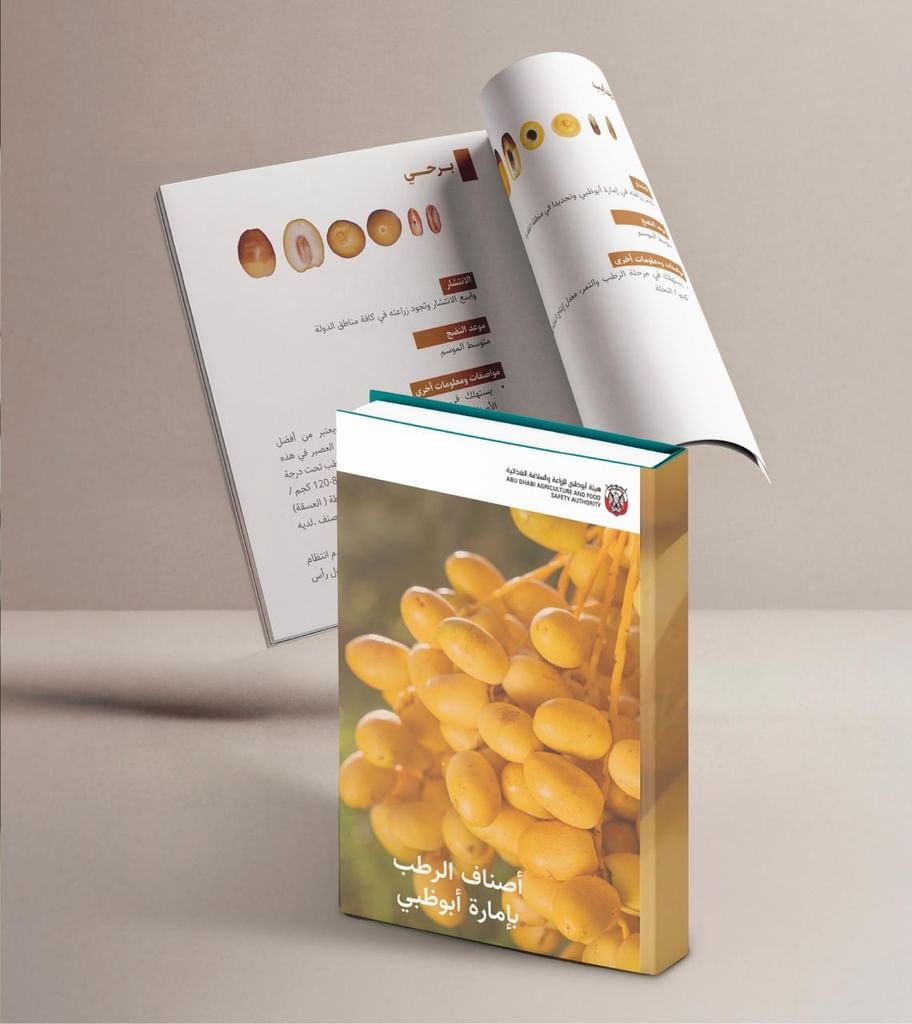Thursday, 13 November 2025
ADAFSA releases Abu Dhabi Date Varieties Guide
Featuring 61 date varieties classified by their environmental and geographical traits In conjunction with the launch of the 21st Liwa Date Festival 2025, the Abu Dhabi Agriculture and Food Safety…

Featuring 61 date varieties classified by their environmental and geographical traits
In conjunction with the launch of the 21st Liwa Date Festival 2025, the Abu Dhabi Agriculture and Food Safety Authority (ADAFSA) released the Abu Dhabi Date Varieties Guide, a comprehensive reference for the most prominent date varieties in the emirate.
ADAFSA’s pavilion at the festival will promote the guide to help farmers, visitors, and stakeholders know more about palm farming and date production.
Featuring 61 date varieties classified by their environmental and geographical traits, the guide clarifies varieties suitable for arid regions and others adapted to high-humidity coastal areas.
The guide further provides in-depth details on ripening times, production rates, unique traits for each variety, and recommendations to improve quality and productivity.
The guide highlights several prominent date varieties, including “Fard,” widely grown in Abu Dhabi, particularly in the Al Ain region. It is a commercial variety consumed both as fully ripe (Rutab), and dry (Tamer). Another variety is “Dabbas,” a commercially significant variety that thrives in arid environments such as the Al Dhafra region. Furthermore, the guide introduces “Naghal” dates, an early-maturing variety of high economic value, primarily consumed as fully ripe (Rutab).
In this regard, ADAFSA emphasised that releasing this guide aligns with its strategy to promote sustainable agriculture and provide farmers with accurate information for selecting environmentally appropriate varieties. Moreover, the guide will contribute to preserving the diversity of local varieties while enhancing the economic value of the emirate’s date palm sector.
According to ADAFSA, the guide serves as a technical reference for farmers and professionals to improve agricultural productivity and food security through the cultivation of high-quality local cultivars.
Technology
MENU ORDER AI to launch app aimed at GLP-1 users and health-conscious diners
Nov 10, 2025 | Company News
Harnessing Quantum AI for Greener Minds and Healthier Futures
Nov 10, 2025 | Interaction
Intertek acquires Costa Rican testing business Suplilab
Nov 07, 2025 | Company News
Food Testing
Intertek acquires Costa Rican testing business Suplilab
Nov 07, 2025 | Company News
Thermo Fisher Scientific launches Orbitrap mass detector for food safety testing
Oct 24, 2025 | Company News
ADM advances quality capabilities with opening of new Central Milling Laboratory
Oct 16, 2025 | Company News
More Popular
HEINEKEN opens new brewery in Brazil
Nov 12, 2025 | Beverages
Remilk and Gad Dairies introduce The New Milk in Israel
Nov 12, 2025 | Beverages
Ochre Spirits closes seed round led by Ah! Ventures to build next-gen beverage house
Nov 12, 2025 | Beverages





